Introduction
Oatmeal, a staple breakfast food enjoyed worldwide for its nutritional benefits and versatility, has evolved significantly from its traditional form to the convenient instant variety. Instant oatmeal, often found in single-serve packets, offers a quick and easy meal option that requires minimal preparation time. This article delves into the process of transforming raw oatmeal into its instant form, exploring the history, technology, and nutritional considerations involved in this transformation.
The History of Oatmeal
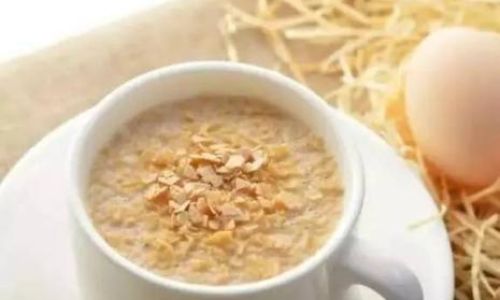
Oats, scientifically known as Avena sativa, have been cultivated for thousands of years, with evidence of their use dating back to ancient civilizations in the Mediterranean, Asia, and Northern Europe. Initially, oats were primarily used as a livestock feed due to their high fiber content and tough hulls, which made them less appealing for human consumption in their raw state. However, as milling techniques improved, people began to process oats into a more palatable form, leading to the creation of oatmeal.
Traditional oatmeal preparation involved soaking, grinding, and cooking oats, a process that could take several hours. Over time, advancements in food processing technology allowed for the development of quicker cooking oats, eventually culminating in the creation of instant oatmeal in the early 20th century.
The Evolution of Instant Oatmeal
The concept of instant oatmeal emerged as a response to the growing demand for convenient, ready-to-eat foods. With the acceleration of urbanization and the pace of modern life, consumers sought food products that could be prepared quickly without compromising on taste and nutrition. Manufacturers, recognizing this shift in consumer preferences, invested in research and development to create oatmeal that could be ready to eat in mere minutes.
The transformation from traditional oatmeal to instant oatmeal involves several key steps, each designed to enhance the product’s shelf life, texture, and cooking speed.
Oat Grain Harvesting and Cleaning
The journey of making instant oatmeal begins with the harvesting of oat grains. Oat plants are typically grown in temperate climates and are ready for harvest when the grains have reached maturity. Once harvested, the oats undergo a cleaning process to remove impurities such as dirt, stones, and other debris. This ensures that only high-quality oats are used in the subsequent steps.
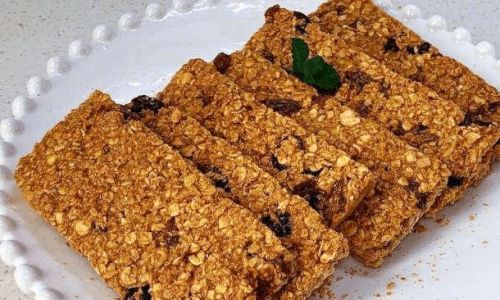
Hulling and Groating
Next, the oats are hulled to remove the inedible outer layer, known as the hull. Hulling is a crucial step as it exposes the oat groat, the edible portion of the oat kernel. The groats are then further processed through groating, a method that breaks them into smaller pieces, making them more suitable for cooking and improving their digestibility.
Steaming and Rolling
After groating, the oats are steamed to soften them and prepare them for the rolling process. Steaming also helps to gelatinize the starches within the oats, which affects their final texture and cooking time. Once steamed, the oats are passed through a series of rollers that flatten and flake them into the familiar oatmeal form. The degree of rolling determines the thickness of the flakes, which in turn influences the cooking time and texture of the final product.
Pre-cooking and Drying
To achieve the instant cooking characteristics, the rolled oats are pre-cooked. This can be done using various methods, such as steaming or hot air drying, which partially gelatinize the starches and soften the oats. Pre-cooking significantly reduces the time required for the oats to cook fully when prepared by consumers.
Following pre-cooking, the oats are dried to remove excess moisture. This drying process is critical as it extends the shelf life of the oatmeal and prevents microbial growth. The drying temperature and duration are carefully controlled to maintain the nutritional integrity and flavor of the oats.
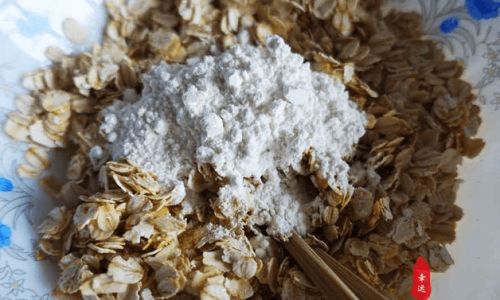
Stabilization and Flavoring
Once dried, the oats are often stabilized to prevent them from becoming rancid over time. This can involve adding antioxidants or other preservatives to the mix. While some consumers prefer unflavored instant oatmeal, many manufacturers add sugars, salt, spices, and other ingredients to enhance taste and appeal.
For instance, instant oatmeal packets may contain dried fruits, nuts, or chocolate chips, providing a variety of flavors and textures. These additives are carefully measured and blended to ensure consistent quality and taste in each packet.
Packaging
The final step in the production of instant oatmeal is packaging. Packaging not only protects the oatmeal from moisture, oxygen, and contaminants but also plays a significant role in marketing and consumer convenience. Single-serve packets are particularly popular as they offer portion control and ease of use.
Manufacturers use various packaging materials, including foil, plastic, and paper, each with its own set of benefits and drawbacks. Some packages are designed to be microwave-safe, allowing consumers to prepare their oatmeal directly in the packet. Others may include a separate pouch for milk or flavorings, making it even easier to prepare a hot meal on the go.
Nutritional Considerations
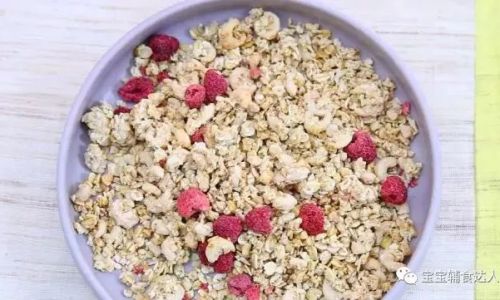
While instant oatmeal offers convenience, it’s important to consider its nutritional profile compared to traditional oatmeal. Many instant varieties contain added sugars, artificial flavors, and preservatives, which can increase their caloric content and reduce their overall nutritional value.
Consumers looking to maximize the health benefits of oatmeal should opt for unsweetened, plain varieties and add their own fresh fruits, nuts, or seeds for flavor and additional nutrients. Reading the nutrition label carefully can help identify products with lower sugar content and higher fiber levels.
Moreover, some brands of instant oatmeal use quick-cooking oats that have been further processed to reduce their cooking time. While these oats are still nutritious, they may not provide the same texture or fiber content as steel-cut or rolled oats.
Environmental Impact
The production and packaging of instant oatmeal also have environmental implications. Single-use packets, particularly those made from non-recyclable materials, contribute to plastic waste and pollution. Consumers can mitigate this impact by choosing brands that use eco-friendly packaging or by reusing and recycling packaging materials whenever possible.
Additionally, the transportation and storage of instant oatmeal, often produced in large factories and distributed globally, can lead to increased carbon emissions. Supporting locally produced oatmeal or choosing brands that prioritize sustainable practices can help reduce this environmental footprint.
Conclusion
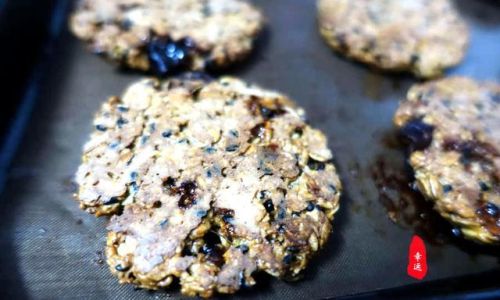
The transformation of oatmeal into its instant form is a testament to the ingenuity of food manufacturers and the evolving needs of consumers. By leveraging advancements in food processing technology, manufacturers have created a product that offers the nutritional benefits of oats in a convenient, ready-to-eat package.
However, as with any processed food, it’s important for consumers to be mindful of the nutritional and environmental implications of their choices. By selecting unsweetened, plain varieties and supporting brands that prioritize sustainability, consumers can enjoy the convenience of instant oatmeal while maintaining a healthy diet and reducing their environmental impact.
As the demand for convenient, nutritious foods continues to grow, manufacturers will likely continue to innovate, finding new ways to balance convenience, taste, and nutrition in their instant oatmeal products. The future of instant oatmeal is bright, offering endless possibilities for flavor, texture, and sustainability.
In summary, the journey from raw oat grains to instant oatmeal is a complex process involving multiple steps, each designed to enhance the product’s appeal and convenience. By understanding this process, consumers can make informed choices that align with their health and environmental goals, enjoying the versatility and nutrition of oatmeal in a format that fits their busy lifestyles.

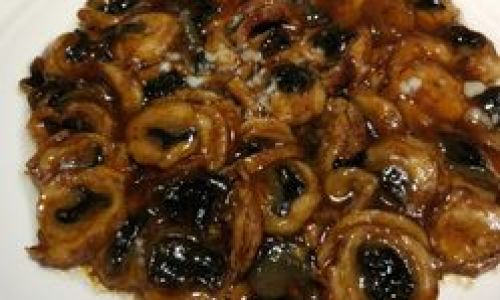




0 comments